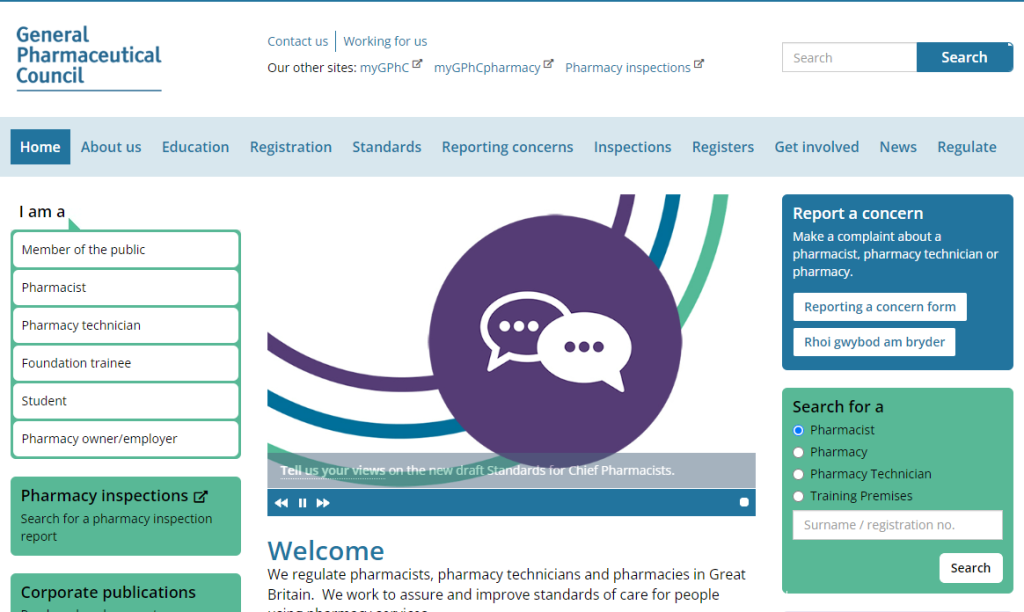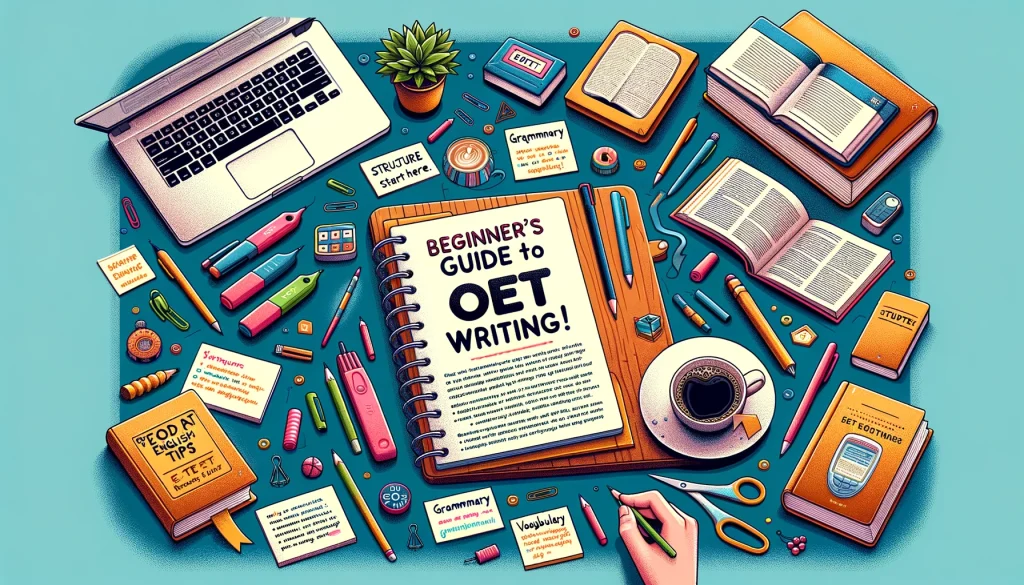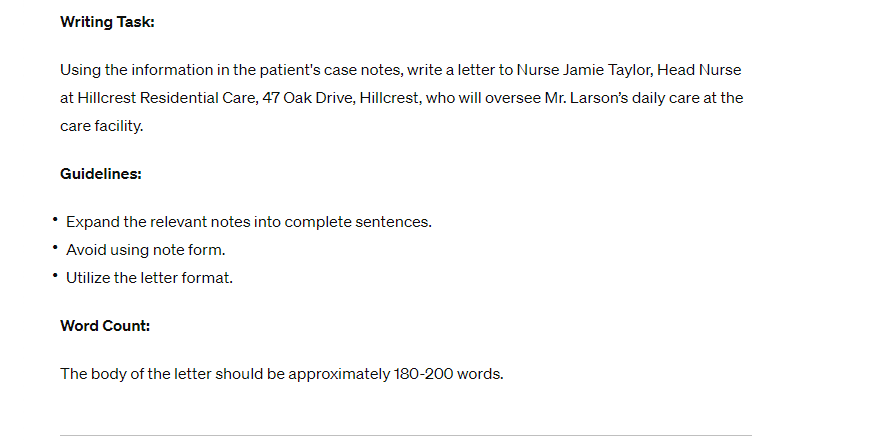The OET Reading Subtest, specifically Parts B and C, presents a unique challenge for test-takers due to its multiple-choice question format. To excel in these tasks and approach test day with unwavering confidence, it is crucial to develop and refine your multiple-choice answering skills. This blog post will equip you with effective strategies and tips to navigate multiple-choice questions in Reading Parts B and C with finesse.
OET Reading Part B and C Overview
In Segment B of the OET Reading assessment, participants engage with six brief healthcare-related texts, each accompanied by a multiple-choice question with three possible answers. Segment C involves delving into two more extensive texts, with each providing eight multiple-choice questions for analysis.
For those undertaking the OET in its traditional paper format, answers are recorded by shading a circle with a 2B pencil. Alternatively, in digital formats such as OET on Computer or OET@Home, responses are selected via a left mouse click, with the option to disregard choices through a right click. A subsequent click on an option will unselect it
Understand OET Reading part B and C
In contrast to other types of questions where the answer must be identified directly from the text, multiple-choice questions present the answer options directly to you. However, this ease of access to answers can sometimes lead test takers to underestimate these questions, assuming they can effortlessly distinguish the right answer from the wrong ones. Developing proficiency in techniques like those outlined below can indeed make it feasible to regularly choose the correct answer, but this requires practice. Achieving a passing score in the OET, particularly in the Reading section, is a way to demonstrate to regulatory bodies and potential employers your proficiency in English.
Tip 1 for Reading subtest part B and C – Grasping the Question’s Essence
Understanding the question thoroughly is vital in selecting the correct answer, requiring meticulous reading. OET’s Reading Parts B and C employ two primary question formats:
- Short Answer Questions: An example of this is, “What was the objective of the study mentioned in the fourth paragraph?”
- Sentence Completion Questions: For instance, “The memo states that not screening a patient for malnutrition might lead to…”
The second type can be more challenging for some learners, as it doesn’t pose a direct question but rather presents the beginning of a sentence. The task here is to choose the most suitable option to complete it.
A useful technique is to reframe this sentence fragment as a question to gain a clearer understanding. For example, the second question could be reinterpreted as: “What could be the consequence of neglecting to screen a patient for malnutrition?”
Tip 2 for Reading subtest part B and C – Comprehending the Answer Choices
In OET Reading Parts B and C, choosing the correct answer hinges on a deep understanding of each option, discerning how their ideas compare or contrast with one another, and determining which one aligns with the text.
Focusing on the verbs used in Reading Part B’s answer choices is a beneficial starting point. Identify each verb, contemplate its meaning, and consider how it varies from the verbs in other options.
For instance, consider this question from Reading Sample Test 1:
- The guidelines stipulate that those conducting a clinical medication review must:
A. engage the patient in decision-making. B. evaluate the financial implications of treatment alterations. C. suggest non-medical interventions as alternatives.
Rephrasing the verbs can ensure a clearer understanding. Keep in mind that the text may use synonyms or antonyms of these verbs:
- consult (seek the patient’s input)
- assess (consider)
- propose (offer alternatives)
Verbs can also indicate a positive or negative perspective, aiding in option elimination. For example, if the text discusses a topic positively, an answer suggesting a negative action is likely incorrect.
Consider this question from Reading Sample Test 3:
- In addressing patients after a safety incident, staff should refrain from:
A. commenting before establishing the facts. B. hypothesizing about the incident’s causes. C. challenging previous statements by colleagues.
Here, the first two choices are neutral – commenting (speaking), hypothesizing (theorizing), but the third is negative – challenging (disputing).
Tips 3 – Sustaining Focus
Maintaining concentration throughout the OET, particularly during Reading Part C, is crucial. It can be tough to stay focused for an extended period, especially if you’re not used to intensive reading. Additionally, the test environment might present distractions, such as ambient noise from other candidates, the clock in the room, or on your screen.
Here are some strategies to enhance your focus both before and on test day:
Before Test Day
- Build Reading Endurance: Practice with longer texts in the format you’ll encounter in the test (e.g., hard copy for paper-based OET or on a computer for digital format). Start with short, 10-minute sessions and gradually increase the duration to build a reading habit.
- Engage in Active Listening: While practicing, immerse yourself fully in the audio. Take notes, visualize the speakers and their actions, consider potential follow-up questions, or imagine participating in the conversation. This approach can sharpen your alertness and attention.
- Practice Summarizing: After listening to an audio segment, pause and write a one-sentence summary. This exercise helps focus on the overall meaning and prevents getting bogged down in details.
On Test Day
- Anticipate and Predict: Before the audio starts, read ahead. Use context clues to anticipate the type of language and content you’re about to hear. While you can’t guess the answers, this preparation aids in active listening.
- Pay Attention to Signal Words: Listen for words that signify shifts in ideas or highlight key information, like ‘However’, ‘First’, ‘On the other hand’, ‘For example’. These cues can guide you to the upcoming information and help maintain your concentration.
- Breathe Mindfully: Use deep breathing between sections to stay alert and focused. This technique also helps in transitioning from one section to the next, allowing you to let go of any previous concerns and prepare for the upcoming questions.
Tips 4 – Progressing Past Difficult Questions
Each multiple-choice question in the OET is standalone, meaning the accuracy of one doesn’t depend on the previous one. If you’re stumped by a question in either the Listening or Reading section, it’s essential to move forward. In Listening, if you miss something, make a guess based on what you’ve understood and proceed. In Reading, also place a guess within the time limit to ensure all questions are answered, but you might revisit it later if time permits for a second review.
Strategy 5 – Continuing Ahead Without Hesitation
It’s crucial to remember that each multiple-choice question in the OET is independent. If you’re unable to answer a question in the Listening part, avoid lingering on it. Instead, make an informed guess based on your grasp of the audio or text, and then continue to the next question. Since there’s no penalty for wrong answers, it’s always better to answer rather than leave a question blank.
To further hone your skills in OET Listening Parts B and C, engage with the free Listening sample tests available.
Bonus Tip: Overlook Redundancies in Answer Choices
In Parts B and C, understanding extends beyond individual sentences. It involves grasping the essence of answer choices without being sidetracked by similar vocabulary. For instance, just because you hear a specific term like ‘appendix’ in an audio clip for a question, it doesn’t necessarily mean that the option containing that word is correct. Focus on the overall context and meaning rather than just matching words.









Leave a Reply